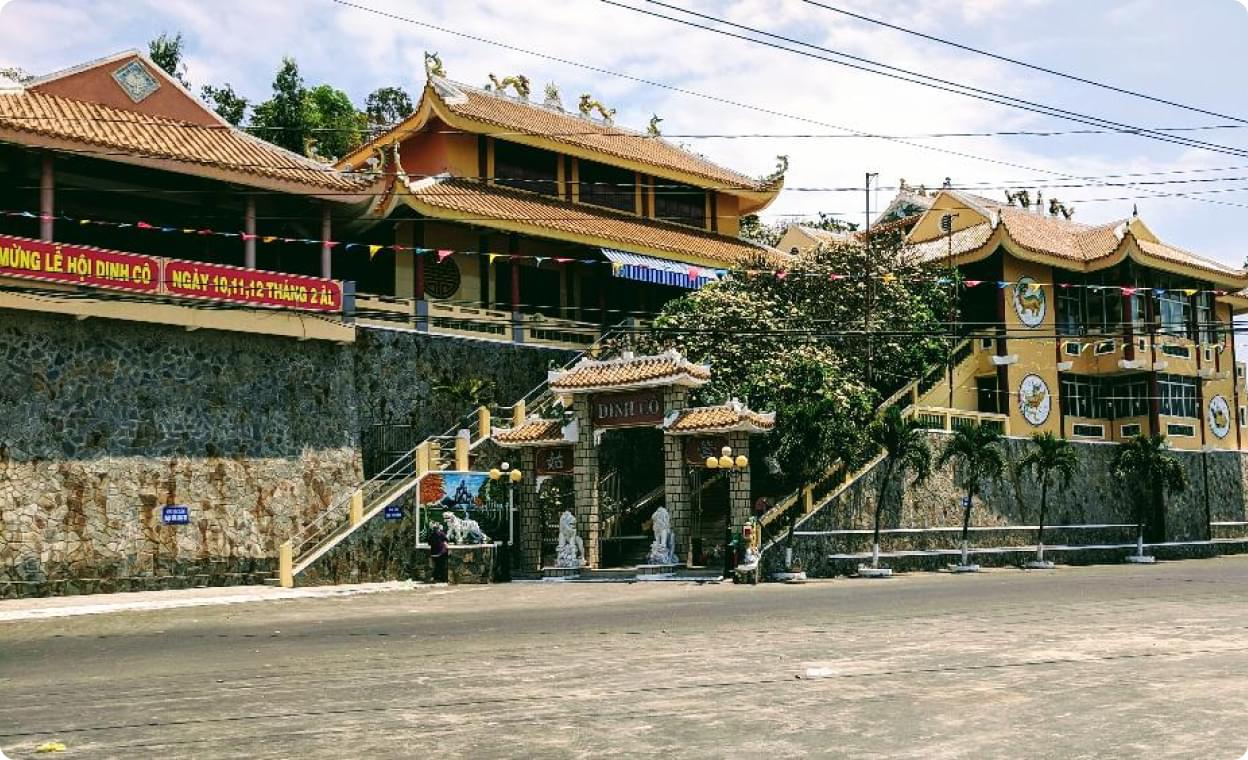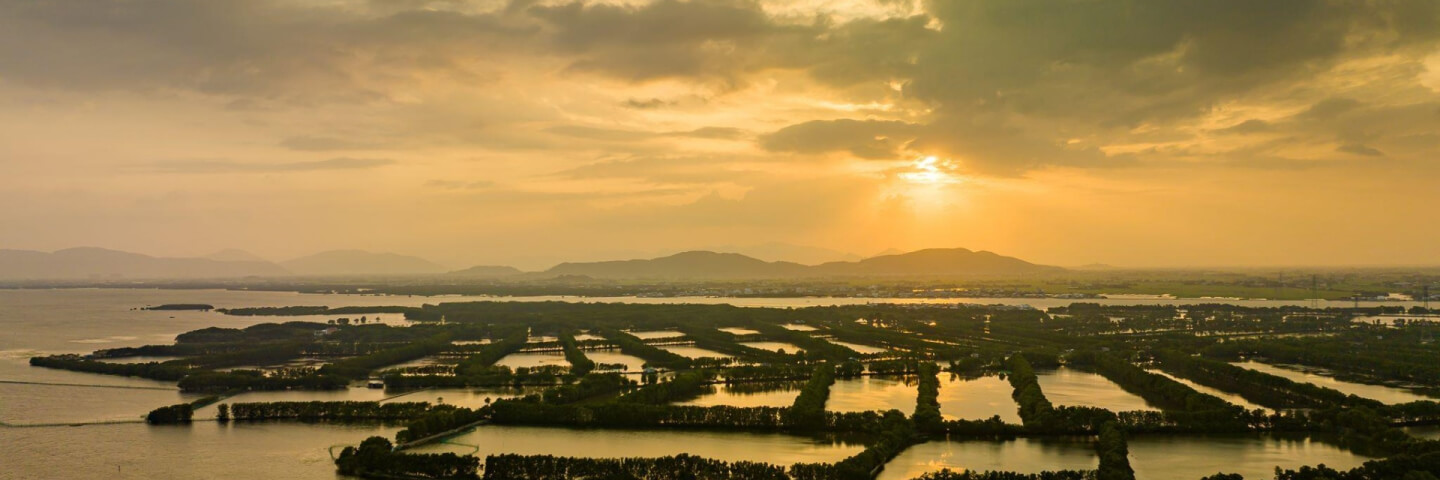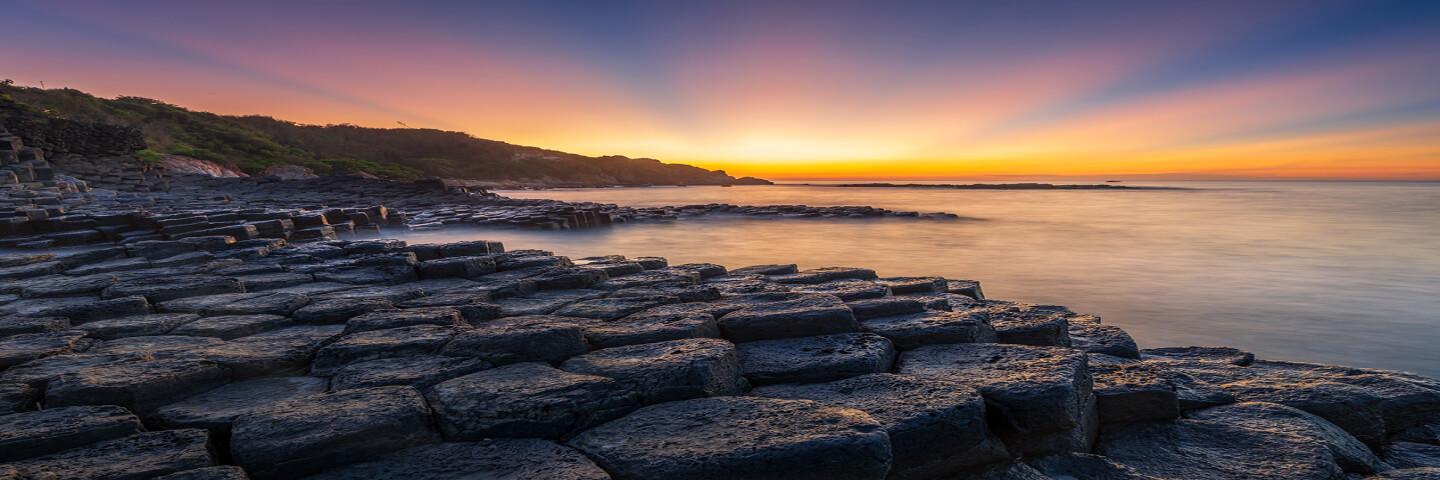Located along the coast of Long Hai, Dinh Co is imbued with sacred stories about the Long Hai Goddess in Ba Ria Vung Tau.
Nestled by the Long Hai seaside, Dinh Co exudes a poetic ambiance, attracting thousands of pilgrims who come seeking blessings for their lives and to admire the picturesque scenery.

On the 10th, 11th, and 12th days of the lunar second month every year, the Vía Cô (Lệ Cô) festival opens with great fervor and excitement
Dinh Cô is situated in Long Hai town, Ba Ria – Vung Tau province. It is one of the most vibrant and sacred temples in the Southern region, attracting many pilgrims. Dinh Cô has been, is, and will continue to be an indispensable part of the spiritual and religious life of the people of Long Hai and Vietnamese coastal communities in general.
Who is worshiped at Dinh Cô?
At Dinh Cô, inscriptions on the temple’s steles also speak of the formation of the worship tradition at the temple. Legend has it that two centuries ago, a maiden named Lê Thị Hồng (also known as Thị Cách), originally from Tam Quan, Bình Định, was rich in compassion and kindness, desiring to find a secluded place for spiritual retreat. Unfortunately, during one of her trips to the sea, she encountered a shipwreck (at Hon Hang) when she was just 16 years old. Local fishermen, moved by compassion, buried her on Cô Mountain and erected a shrine to worship her near the beach.

Dinh Cô venerates the goddess tradition, where Cô Lê Thị Hồng is worshipped (pictured in the center wearing red attire)
In the “Đại Nam nhất thống chí” (Comprehensive Chronicle of Great Vietnam), it is also mentioned: “Outside the mountain peak, there is a Goddess, locally called Dinh Cô. There is a heap of sand and rocks, where a girl around 17-18 years old was washed ashore by a storm. The locals buried her, and later, people dreamt of that girl, who identified herself as Thị Cách and came to help. People considered her a deity and established a temple, which still exists to this day.”
Dinh Cô has undergone several ups and downs due to its proximity to the beach, making it prone to erosion by waves and storms. In 1930, fishermen from Long Hai relocated the shrine to Ky Van Mountain, where Dinh Cô is currently located. Ky Van Mountain is a place of auspicious feng shui, nestled under the Minh Dam range, attracting many tourists for relaxation nowadays. In January of the Đinh Mão lunar year 1987, a fire destroyed the main hall, but the small shrine was rebuilt through contributions from the people. Dinh Cô was designated as a National Cultural Historical Monument by the Ministry of Culture and Information under Decision No. 65QĐ/BT dated January 16, 1995.
Coastal fishermen have braved storms for years, showcasing not only perseverance and resilience but also a spiritual reliance on deity worship. Like many coastal residents in the Southeastern region, Long Hai is an area steeped in folk beliefs. Apart from worshiping Dinh Cô (the Long Hai goddess), there are also shrines dedicated to Dinh Ông (the Whale God), Bà Lớn (the Water Goddess), all symbolizing wishes for prosperity and peace for seafarers and abundant harvests of fish and shrimp.
What makes Dinh Cô special?

Dinh Cô consists of three interconnected tiled-roof buildings running horizontally along the hillside. From any position within Dinh Cô, one can enjoy a picturesque view of Long Hai Beach.

Right at the entrance gate leading up from the three-door gate at the foot of the mountain, there are embossed figures of a dragon and a tiger symbolizing the Azure Dragon and the White Tiger in feng shui

From early morning until late at night, during the recent festival days at Dinh Cô, crowds of people flocked to the pilgrimage site to pay their respects, worship, and enjoy festivities





